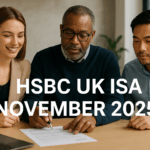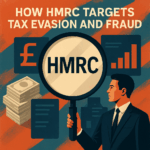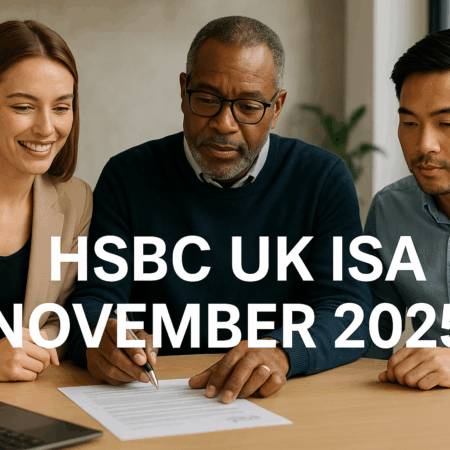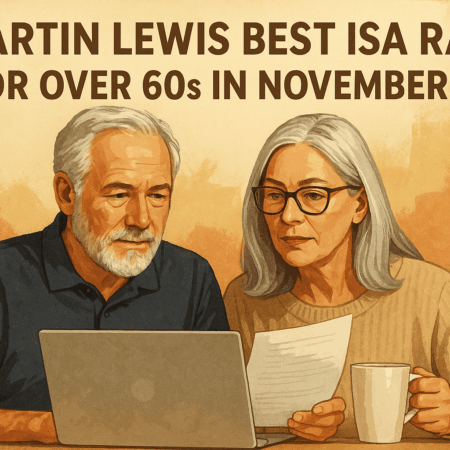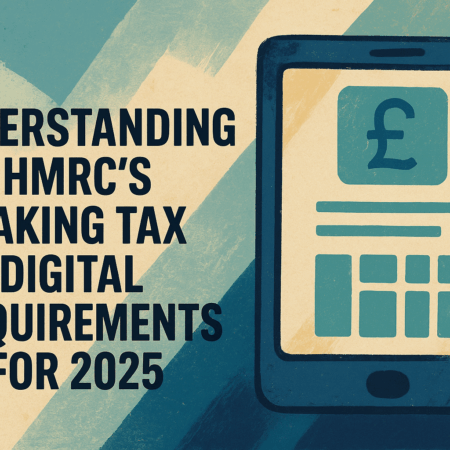Introduction
The HM Revenue & Customs (HMRC) is undergoing a significant digital transformation — the launch of its 2025 Transformation Roadmap signals major changes ahead for individuals, self-employed taxpayers, landlords and businesses. Understanding what’s changing, why it matters and how to prepare is now essential. In this blog you’ll get a full breakdown of the key changes, the impact, what to do and how to stay ahead of the curve.
Why HMRC is Changing Its Digital Services
Digital-first by 2030
HMRC has committed to becoming a “digital-first” organisation, with around 90% of taxpayer interactions expected to be online by 2029/30, up from about 76% currently.
Modernising tax administration and closing the tax gap
A major driver behind this shift is reducing the tax gap — the difference between what should be paid and what actually is. The roadmap outlines dozens of transformation initiatives including system upgrades, more data integration and improved selfservice.
Improving user experience
For day-to-day users this means better self-service, quicker responses, and fewer legacy forms and manual processes. If you’re a PAYE taxpayer, self-employed or a landlord, your digital journey should become much smoother — provided you engage and adapt.
What’s Changed: Key Digital Service Updates
**Expansion of Making Tax Digital (MTD)
The MTD initiative is extending beyond VAT and now into Income Tax. The end-to-end service guide confirms that individuals and agents will need to use compatible software, maintain digital records, and submit quarterly updates for qualifying income.
New online PAYE & expenses services
In 2025-26 HMRC will roll out a new online service for PAYE taxpayers: you’ll be able to check and update your income, allowances, reliefs and deductions via your personal tax account or HMRC’s app. Also, a new expenses service will allow claims and uploads of evidence in one place.
Migration to a new login system – GOV.UK One Login
The legacy Government Gateway sign-in system is being replaced and HMRC will transition to the broader GOV.UK One Login. The onboarding of existing individual customers is targeted around late 2026-27.
Digital records and real-time updates becoming standard
Paper-based forms and manual data are being phased out. Digital records will become the norm, with more frequent and real-time updates rather than the historic annual snapshot.
Agent and software developer integration
If you use an accountant, tax adviser or software provider, HMRC is improving API access, compatibility guides and “bridging” tools to help link legacy systems to the new digital environment.
What This Means for You: Impact & Action Points
For Individual Taxpayers
- Check whether your income sources (employment, rental, self-employment) mean you’ll fall under MTD for Income Tax.
- Get familiar with your personal tax account and the HMRC app if you haven’t already.
- Begin or continue holding digital records of your income, allowances, deductions and reliefs.
- Monitor any communications from HMRC about login changes or service transitions.
For Self-Employed and Landlords
- Determine if your qualifying income threshold triggers MTD for Income Tax and when.
- Choose or update to compatible software (or bridging tools) now rather than later.
- Prepare for quarterly updates, not just an annual return.
- Work with your adviser or software partner to ensure you’re ready for new expense/claim systems.
For Businesses and Tax Agents / Advisers
- Review legacy systems and digital readiness; ensure software compatibility and smooth transition paths.
- Monitor HMRC’s roadmap for larger programmes and ensure your clients (or your business) are prepared.
- Educate stakeholders: clients, employees, software vendors about key timelines and required actions.
Overall Readiness Checklist
- ✅ Confirm access to your HMRC online tax account and app.
- ✅ Move paper or manual records to digital formats.
- ✅ Update or adopt MTD-compatible software if your obligation demands it.
- ✅ Watch for notifications about GOV.UK One Login transition.
- ✅ Ensure your tax adviser or software vendor is on the same page.
- ✅ Stay aware of deadlines: for example April 2026 marks key exposures for MTD for Income Tax.
What to Watch For: Risks and Opportunities
Risks
- Falling behind: non-compliance with required software or record-keeping may trigger penalties or issues.
- Login/identity disruption: the move to a new authentication system could cause access issues if you’re not prepared.
- Change fatigue: many services will evolve during the transformation, potentially creating confusion if you’re not proactive.
Opportunities
- Easier, more real-time tax management: if you embrace the change early, you’ll benefit from a smoother, digital-first experience.
- Better visibility and control: digital dashboards and timely updates will increase awareness of your tax position.
- Reduced paperwork/time: fewer manual tasks, fewer phone calls, more self-service.
- For software providers/agents: increased demand for digital solutions, software upgrades, training and support.
Future Outlook: the Digital Horizon
By 2030 HMRC’s ambition is for almost entirely digital interactions. The roadmap signals greater investment in AI, data-analytics, real-time insights and cross-government data integration. It’s important to keep watching for upcoming legislation, guidance and service roll-outs — the journey will be iterative, user-tested and phased.
Conclusion
In sum: HMRC’s move to digital services isn’t optional anymore — it’s becoming the way you’ll interact with the tax system. Whether you’re an individual taxpayer, self-employed, landlord or adviser you’ll need to be ready. Embrace digital records, adopt compatible software, monitor the rollout of new login systems and online service updates. The sooner you act, the smoother your transition will be and the better positioned you’ll be for the future.
FAQs
Q: When does MTD for Income Tax become mandatory?
A: For individuals above certain income thresholds, the phase-in begins from 6 April 2026.
Q: Will paper VAT returns still be accepted?
A: The trend is toward phasing out paper and manual filings; digital record-keeping and software-based submission are increasingly required.
Q: How will the new login system affect me?
A: HMRC is transitioning from Government Gateway to GOV.UK One Login. You’ll eventually sign in through a single government-wide account and you should verify your identity ahead of the change.
Q: Do I need new software now?
A: If you are engaged under an obligation (for example under MTD for Income Tax) then yes: you will need compatible software or bridging tools. If not, it’s still wise to begin digital readiness.
Q: What if I don’t comply with the new digital requirements?
A: There’s a risk of non-compliance, penalties or increased administrative burden. Staying ahead is in your best interest.


